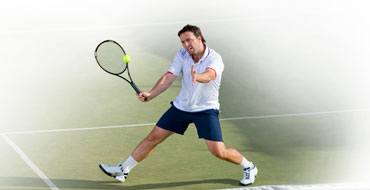Unstable Knee
The knee joint is one of the largest joints in the body. This highly complex joint has several tissues supporting and stabilizing its movement:
- Condyles and menisci: Bony protrusions of the thigh bone called condyles fit snugly into the depressions of the lateral and medial menisci (spongy cartilage) of the shin bone
- Ligaments: bands of tissue crisscross across the joint bones, connecting and holding them in place
- Capsules: tissue that connects the bones of the knee, by forming a sleeve over the joint
- Muscles: provide secondary stability
Damage to any of these supportive structures causes the instability of the knee joint. This can be caused by sudden twisting of the knee, tears of the meniscus, ligament or capsule, osteoarthritis of the knee (wear and tear of the cushioning cartilage tissue between bones) and sports injuries. When these tissues get injured, the patella or knee cap can move out of its groove in the knee joint and lead to instability. An unstable knee causes pain, swelling, stiffness and a tendency of the joint to buckle or “give way”.
When you present with these symptoms, your doctor diagnoses knee instability by performing a thorough physical examination to test the stability of each ligament and may order imaging tests such as X-rays, MRI or CT scans to confirm on the diagnosis.
Treatment depends on the cause and severity of the condition. Initially, your surgeon may recommend conservative treatments such as rest, ice application, compression and elevation of the leg (R.I.C.E.), physical therapy and use of braces. Pain relieving medications may be prescribed for symptomatic relief. However, when these conservative treatments yield an unsatisfactory response, surgical correction may be recommended. Considering the type and severity of injury, your surgeon decides on the surgical repair or reconstruction of the joint by replacing the damaged parts with prosthesis.
Other Knee Procedures
 Knee
Knee












